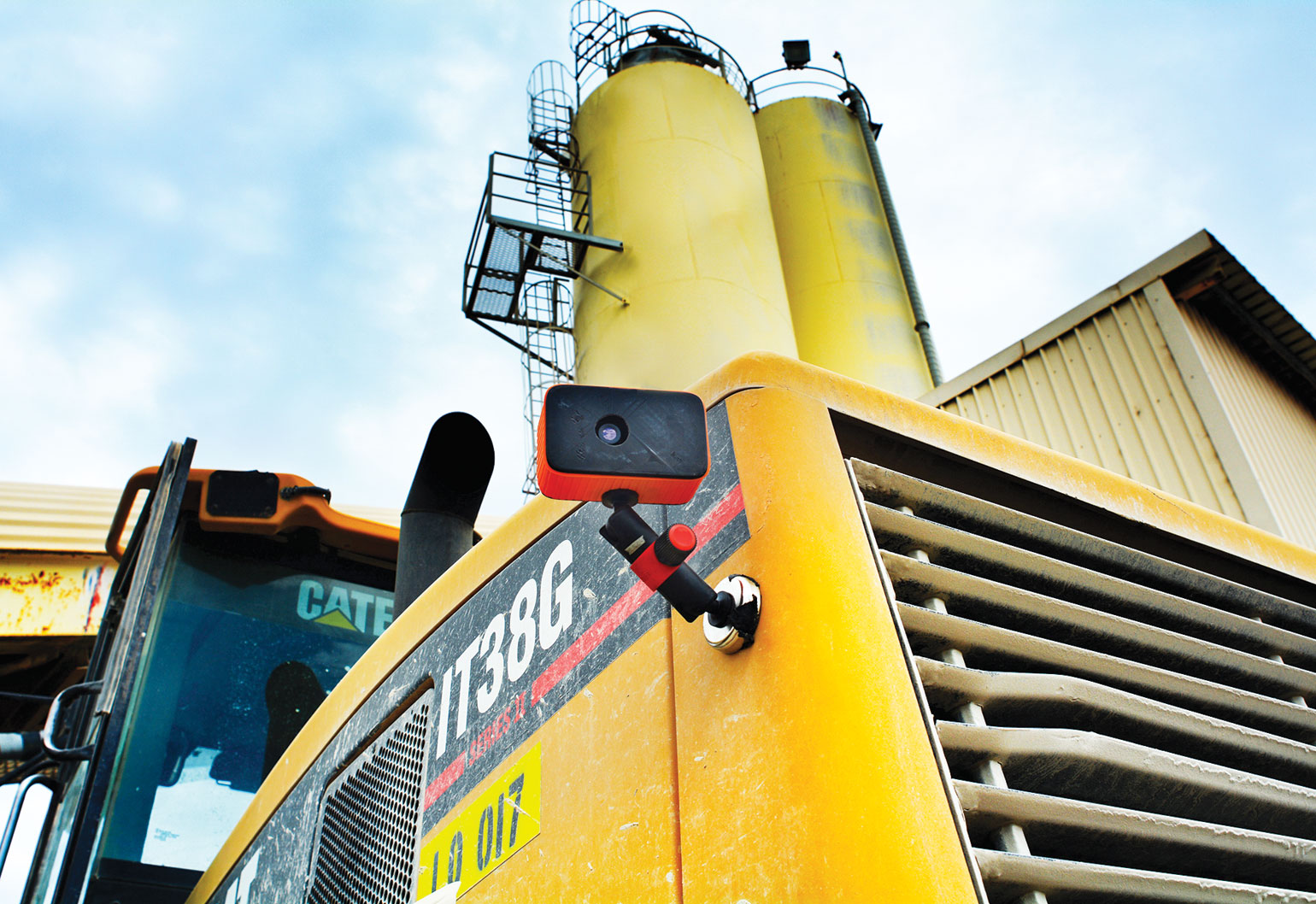Studies show excessive use of digital technology can have an adverse impact on our mental health. But can technology like apps, virtual reality (VR) and social networks actually help people overcome these issues as well?
Companies all over the world are already developing technologies that enable people to speak to therapists online, check and record symptoms on a mobile device, monitor heart rate and skin temperature to indicate stress, learn relaxation techniques and modify their behaviours.
Social networks of support
The Telstra Foundation and the National Centre of Excellence in Youth Mental Health (Australia) are creating a closed social network for young people with mental health issues. They’ve also devised an app that monitors a person’s mood on their smartphone.
Australian mental health organisation the Black Dog Institute, which runs interactive self-help websites moodgym, myCompass and BITE BACK, is currently developing apps that use cognitive behavioural therapy to help people improve their mental health.
Black Dog Institute has also devised an app for Indigenous Australians. The suicide rate is five times the national Australian average among young Indigenous people, who, research shows, rarely seek help for mental illness.
This is largely because of geographical isolation, stigma and concerns about confidentiality. The Black Dog Institute app uses the Warlpiri language, ceremony, skin name and law to foster a sense of identity and belonging. The idea is to help people reconnect with their culture, community and country to build resilience and self-esteem.
Situational awareness
“People (everywhere) still find it difficult to access mental health support in their community, so it’s important to think about how (else) to offer help,” said biomedical engineer Dr Mark Larsen, a research fellow at the Black Dog Institute.
VR, it seems, could be one way of giving people the help they need.
This past July, a study out of Oxford University in the UK concluded that VR could help people with their fear of heights. A computer-generated virtual coach took participants through five two-hour sessions. On average, participants reported they had reduced their fears by 68 per cent – better than could be expected by a face-to-face session with a therapist.
The VR simulator immerses people in a safe situation where they can learn to manage their fear. The user, wearing a VR headset, is asked to work their way up a 10-storey building. They look down over a high ledge, throw balls off it and walk out onto a platform to rescue a cat stuck in a tree.
Elsewhere, researchers from Tulane University in Louisiana, US, are working with start-up Limbix to design VR technology they believe will help addicts cope with the triggers and cravings that cause them to relapse after therapy.
Limbix’s Chief Technology Officer Scott Satkin, a former Google engineer, explained that his experts use teleportation techniques and layering to create, for instance, a virtual bar for recovering alcoholics or a shooting gallery for heroin users.
“Using the imagery in Google maps and street view, we can immerse someone into places in the real world, say outside their house or favourite bar,” Satkin said.
“We can also create bespoke virtual environments by adding foreground layers and background layers, so the scenario is as personal as possible.”
These environments are built adventure style with actors playing roles, not graphic avatars, which are less realistic. Voice recognition and language processing enables the virtual characters to interact with the person undergoing therapy. Satkin said the technology combines the benefits of passive 360-video experience and interactive CG movies.
“You can feel it, so it’s not like therapy in a clinical setting; more like being back home, where you experience whatever stimulation might cause the relapse,” he said.
The tech will be ready later this year. Satkin added that Limbix is working with clinicians on VR technologies for adolescent depression, anxiety, social anxiety and trauma.
The role of engineers
Satkin said it’s crucial that engineers and technology experts work with mental health professionals on these projects. Last year, the American Psychiatric Association estimated that only 1 per cent of more than 10,000 mental health apps worldwide had been professionally evaluated.
Larsen said evaluation should be in the form of controlled trials that include lived experience, clinical perspective and some input from the people who will use the technology.
“Building slightly better technology than what’s already there doesn’t necessarily translate to improved health outcomes,” he said.
And better mental health is what the world desperately needs. The World Health Organisation reported one in four people worldwide will be affected by a mental or neurological illness in their life.
In Australia one in five people experience a mental illness each year and 54 per cent of these people don’t get treatment, according to the Black Dog Institute.
These figures are likely to get higher over the coming years. The more digital internet devices we buy, and the better that political and economic interests become at using them to manipulate us into compliance, reliance and addiction, the greater will be the need for new technologies to deal with the worldwide mental health crisis.
If you are experiencing a personal crisis, you can contact: Lifeline at 13 11 14 / lifeline.org.au; or BeyondBlue at 1300 224 636 / beyondblue.org.au



